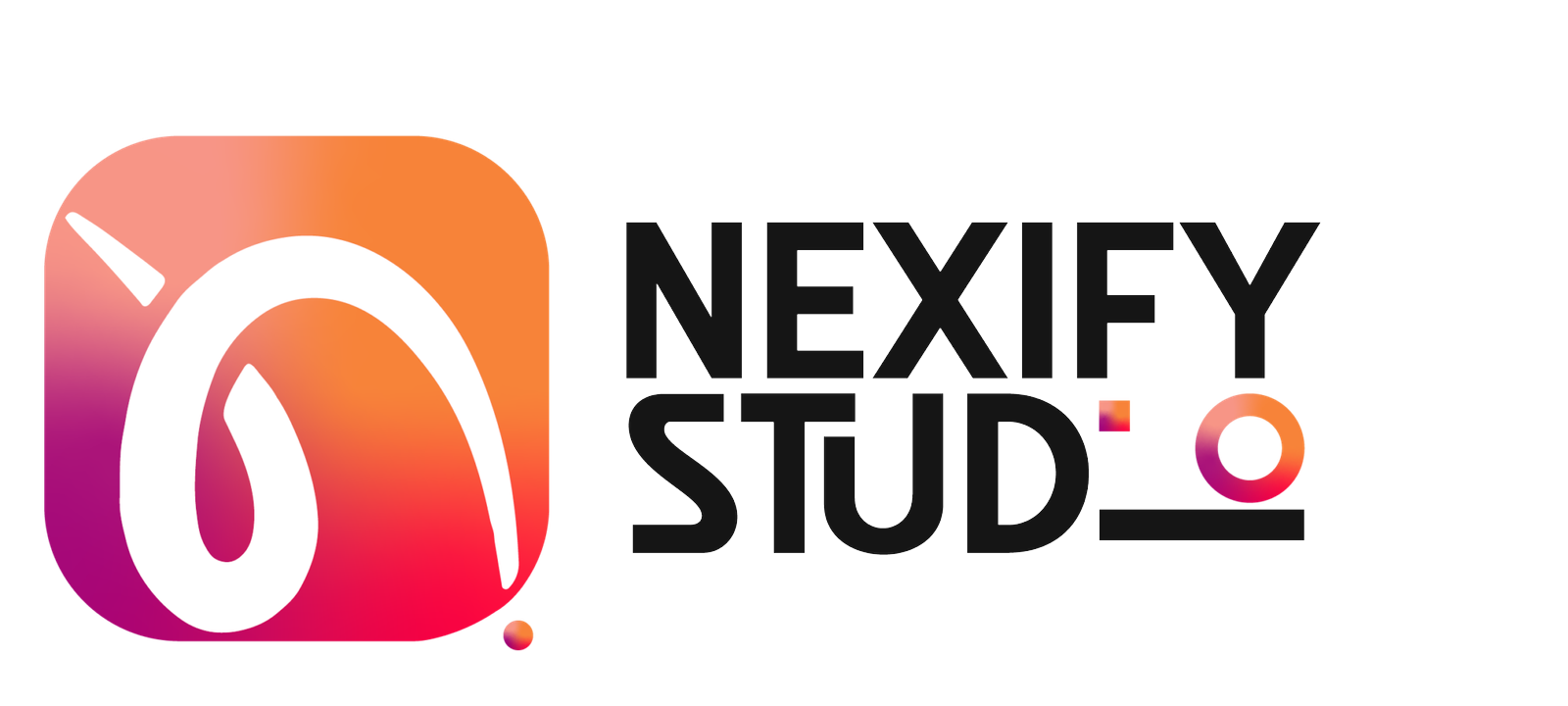In today’s digital environment, your success online depends largely on two key factors, search engine optimization (SEO) and content writing. Understanding the relationship between these elements is important for businesses focused on growth in areas like Shopify store development, marketing copywriting, and visual solutions This blog will explore how to add SEO to content writing about effectiveness can significantly increase your business performance.
The Importance of SEO
SEO is the art and science of optimizing your online content for visibility in search engine results. This includes strategies and tactics aimed at attracting organic traffic to your website. Effective SEO not only improves your rankings but also enhances the user experience, making it easier for potential customers to find you.
For businesses in the IT sector, it’s important to include SEO in your listings. When potential customers search for terms like “Shopify store development” or “graphic design solutions,” you want your website to appear at the top of search results. This visibility is key to driving traffic and ultimately converting visitors into customers.
The Role of Content Writing
Writing is more than just putting words on a page, it’s about creating engaging, informative, relevant content that connects with your audience. High quality content can establish your brand’s authority, engage your audience, and encourage them to take action, whether it’s signing up for a newsletter, making a purchase, or requesting a service.
It is important for companies offering SEO content writing services to create content that is not only interesting but also optimized for search engines. This means using the right keywords appropriately, maintaining an appropriate content structure, and ensuring that the content provides value to the reader.
Integrating SEO with Content Writing
1. Keyword Analysis
The first step to combining SEO with content writing is proper keyword research. Identify the keywords and phrases your target audience uses to search for services. For example, you should include keywords like “Shopify store promotion”, “trade content newsletter”, “image design solutions” in your content strategy
Using tools like Google Keyword Planner or SEMrush can help them identify valuable keywords including their search volume and competition rate. Once you have a list of keywords, you can start creating content that not only incorporates these terms but does so naturally and interestingly.
2. Creating Quality Content
Once you’ve identified your keyword, the next step is to create high-quality content that addresses your audience’s needs and interests. This means writing blog posts, articles, and landing pages that provide valuable information about your keywords.
For example, a blog post titled “Top Tips for Successful Shopify Store Development” not only includes relevant keywords but also provides insights and tips that potential customers are looking for. Additionally, adding a call-to-action (CTA) to your content can guide readers to take the next step, whether it’s contacting you for services or signing up for your newsletter.
3. On-page SEO Optimization
On-page SEO refers to the practices of optimizing individual web pages to rank and generate relevant traffic. This includes using the keywords you have identified in key areas e.g.
- Title tags: Make sure your primary keywords appear in the title of your page.
- Meta Descriptions: Write compelling meta descriptions that include your keywords to improve click-through rates.
- Headers: Use headers (H1, H2, H3) to break up your content and include keywords where appropriate.
- Image Alt Text: Use relevant keywords in the alt text of your images, especially for services like graphic design solutions.
By optimizing these elements, you enhance the chances of your content being discovered by search engines and users alike.
4. Engaging Content Formats
Content doesn’t have to be limited to text. To maximize engagement, consider incorporating various formats such as infographics, videos, and podcasts. For instance, creating an infographic that outlines the steps in Shopify store development can attract shares and backlinks, further improving your SEO.
Similarly, newsletters can be an excellent way to keep your audience engaged. By consistently providing valuable content through newsletters that highlight your SEO content writing services, you reinforce your brand’s authority and keep your audience informed about new offerings or updates.
5. Link Building
Building backlinks to your content is another crucial aspect of SEO. When other reputable websites link to your content, it signals to search engines that your content is valuable and trustworthy. Strategies for building links include guest blogging, collaborations, and leveraging relationships within your industry.
For example, if Nexify IT Solutions partners with a popular marketing blog to provide a guest post on “The Importance of SEO in E-commerce”, it can drive traffic back to your website while also boosting your authority.
Measuring Success
Measuring key performance indicators (KPIs) is essential to understanding the effectiveness of your combined SEO and content writing strategy. Use tools like Google Analytics to track metrics like organic traffic, bounce rate, and conversion rate. Regularly reviewing these metrics will help you fine-tune your strategy and make data-driven decisions to further enhance your content.
Conclusion
In conclusion, the connection between SEO and content writing is undeniable. For businesses, combining these two elements can dramatically increase your brand’s online presence. By focusing on keyword research, creating quality content, optimizing on-page SEO, analyzing different types of content, and building valuable backlinks, you can make your impact great in the digital marketplace. Embrace the synergy of SEO and content writing to grow and reach your career goals.





